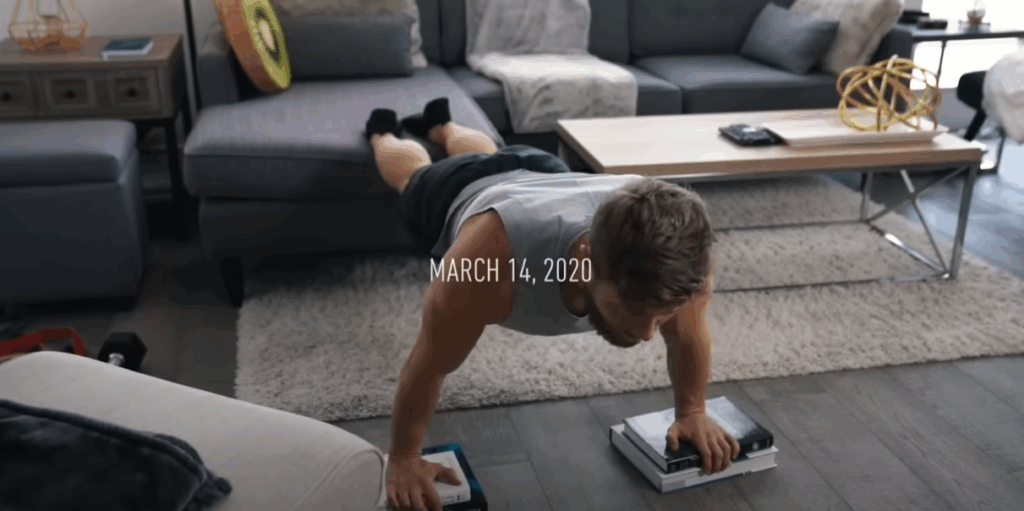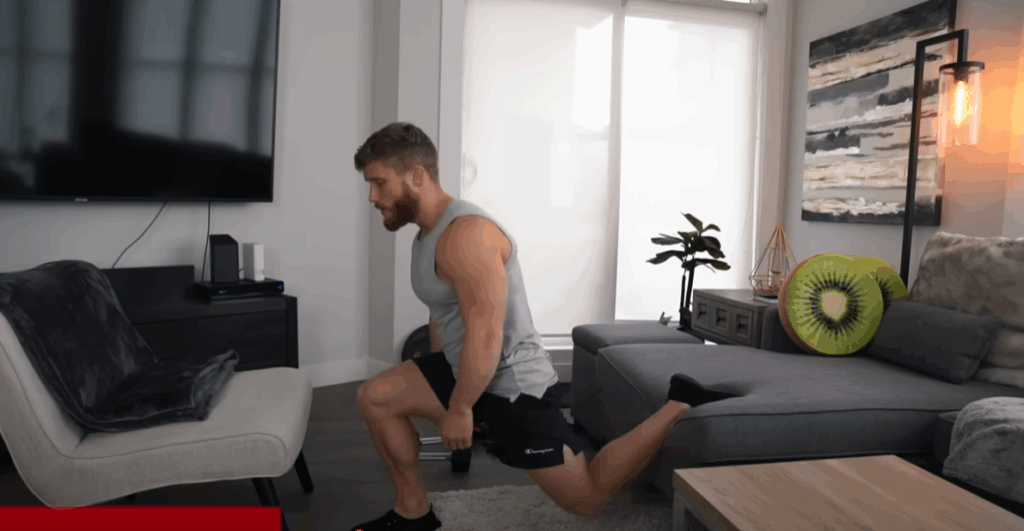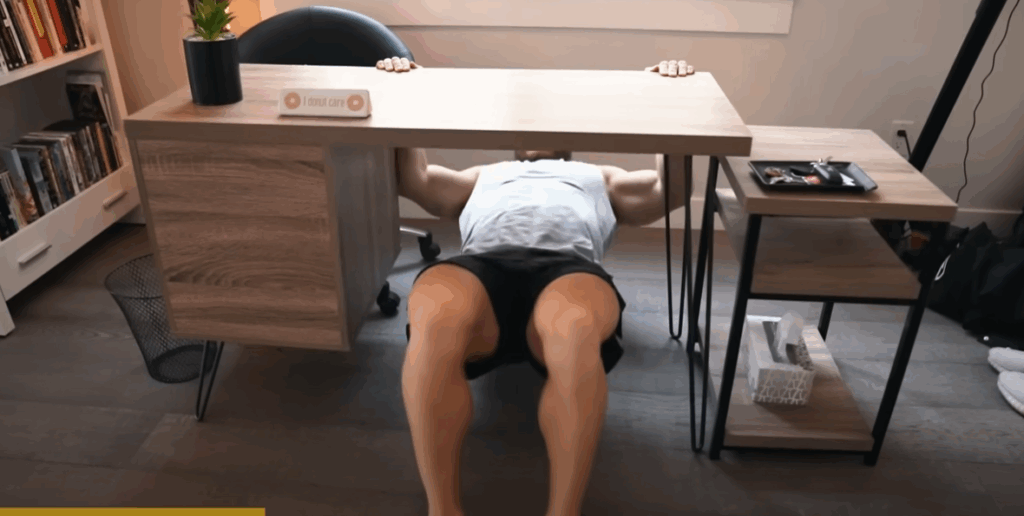How to Maintain Muscle and Train Effectively at Home During Lockdowns
When global crises like the COVID-19 pandemic strike, one of the first routines to get disrupted is our fitness regimen. Gym closures and social distancing measures leave many of us scrambling to adjust. But rest assured—training at home can still be productive and even serve as a refreshing change of pace. With the right mindset and practical strategies, you can maintain strength and muscle without stepping foot into a commercial gym.

No, You Won’t Lose All Your Muscle
One of the biggest concerns among lifters during lockdowns is the potential for muscle loss. The good news? It takes more than a few weeks of modified training to significantly lose muscle mass, especially if you remain active.
Research has shown that muscle memory is real. A study published in 2013 demonstrated that individuals who cycled between periods of training and short breaks were able to regain muscle quite rapidly. Over the long term, their gains were comparable to those who trained consistently. So don’t panic—muscle built over time doesn’t just vanish overnight, especially if you continue providing some form of resistance.
The Basics: Stay Active and Eat Smart
Before we dive into specific home workouts, it’s crucial to address the foundation: your diet. There’s been plenty of misinformation floating around during health crises, with claims that specific diets like vegan, carnivore, or keto can prevent illness. In reality, no diet can prevent or cure viruses like COVID-19.
Instead, focus on what truly matters—eating a variety of nutrient-dense, minimally processed foods. Prioritize fruits, vegetables, lean proteins, and healthy fats to support your immune system and overall health. Hydration is also key. And while supplements like vitamin C might help reduce the duration of the common cold (if taken consistently), there’s no reliable evidence they prevent viral infections.
When Gyms Are Closed: Home Training Principles
Let’s get into training. If you’re now exercising at home with limited equipment, here are four principles to maximize your results:
- Train the full body three to five times per week.
Frequency matters more than volume when equipment is limited. Working your entire body multiple times weekly ensures you stimulate all muscle groups regularly. - Select 1–2 exercises per muscle group.
You don’t need dozens of movements. Choose a few effective exercises that target the muscle groups you care about most. - Do three to four sets per exercise.
Focus on quality over quantity. Aim for a few hard sets rather than endless reps. - Train close to failure.
This is where many people fall short with bodyweight training. If you stop at 20 reps when you could do 50, you’re not getting the full benefit. Push each set until you’re 1–3 reps away from failure, and take the final set of each movement to failure when possible.

Best Home Exercises by Category
Let’s break down effective exercises into four major categories: legs, push (chest/shoulders/triceps), pull (back/biceps), and isolation/core work.
Leg Exercises
- Bulgarian Split Squats: Use a chair to elevate your back leg. To increase difficulty, keep constant tension, avoid locking out, and increase range of motion by raising your front foot. Add dumbbells or any household weight if needed.
- Single-Leg Glute Bridges: Target glutes unilaterally by keeping one leg elevated. Squeeze hard at the top and maintain tension throughout the movement. Add resistance by placing a backpack or dumbbell on your hips.
- Nordic Hamstring Curls: Anchor your feet under a couch or have a partner hold them. Lower slowly with hips extended and use your hands to assist back up. This is a highly effective hamstring builder.
- Pistol Squats (Progressions): Start by sitting onto a chair using one leg. Advance to assisted squats with a support surface, and eventually move to freestanding pistols.
Push Exercises
- Push-Ups: Start with regular push-ups and progress by elevating your feet, using resistance bands, or adding a weighted backpack. You can also try deficit push-ups with hands on elevated surfaces to increase range of motion.
- Wall-Supported Handstand Push-Ups: These vertical presses challenge the shoulders and triceps. Gradually build up to more vertical angles as your strength improves.
- Lateral Raises (No Equipment Needed): If you have dumbbells or bands, great. If not, mimic the movement using intense muscle contractions. Squeeze your delts hard through the entire range. Studies show this “no-load” training can still drive hypertrophy.
Pull Exercises
- Pull-Ups: If you have a pull-up bar, use it frequently. It’s arguably the best at-home back exercise. If not, invest in one—it’s worth it.
- Inverted Rows (Desk Rows): Lie underneath a sturdy desk or table, grip the edge, and row your chest to the surface. Elevate your feet to increase difficulty. Weight can also be added to your stomach.
- Resistance Band Rows and Face Pulls: Anchor a band in a door. Perform high rows, lat pulldowns, and face pulls to target different areas of the back and rear delts.

Isolation and Core Work
- Biceps and Triceps: Use bands or dumbbells for curls and extensions. If you have no equipment, use maximal contractions and antagonist resistance—flex your biceps hard while resisting with your triceps, and vice versa.
- Abs: Bicycle crunches, reverse crunches off a couch, and modified planks (posterior pelvic tilt, long-lever versions) are highly effective. Focus on controlled movements and tension.
- Calves: Find a stair or ledge for extra range. Perform bodyweight calf raises for high reps. Add resistance with any household item if needed.
Final Thoughts: Make the Most of the Situation
The bottom line is this: you don’t need a fancy gym or piles of equipment to make progress. What matters most is effort, consistency, and a willingness to adapt. Use these principles and exercises to build a well-rounded home routine.
Keep in mind that circuit-style training can help keep you focused and minimize rest time. When training at home, distractions are everywhere—so structure matters. Stay mentally engaged, challenge yourself, and you’ll be surprised at how much strength and muscle you can maintain, or even build.



